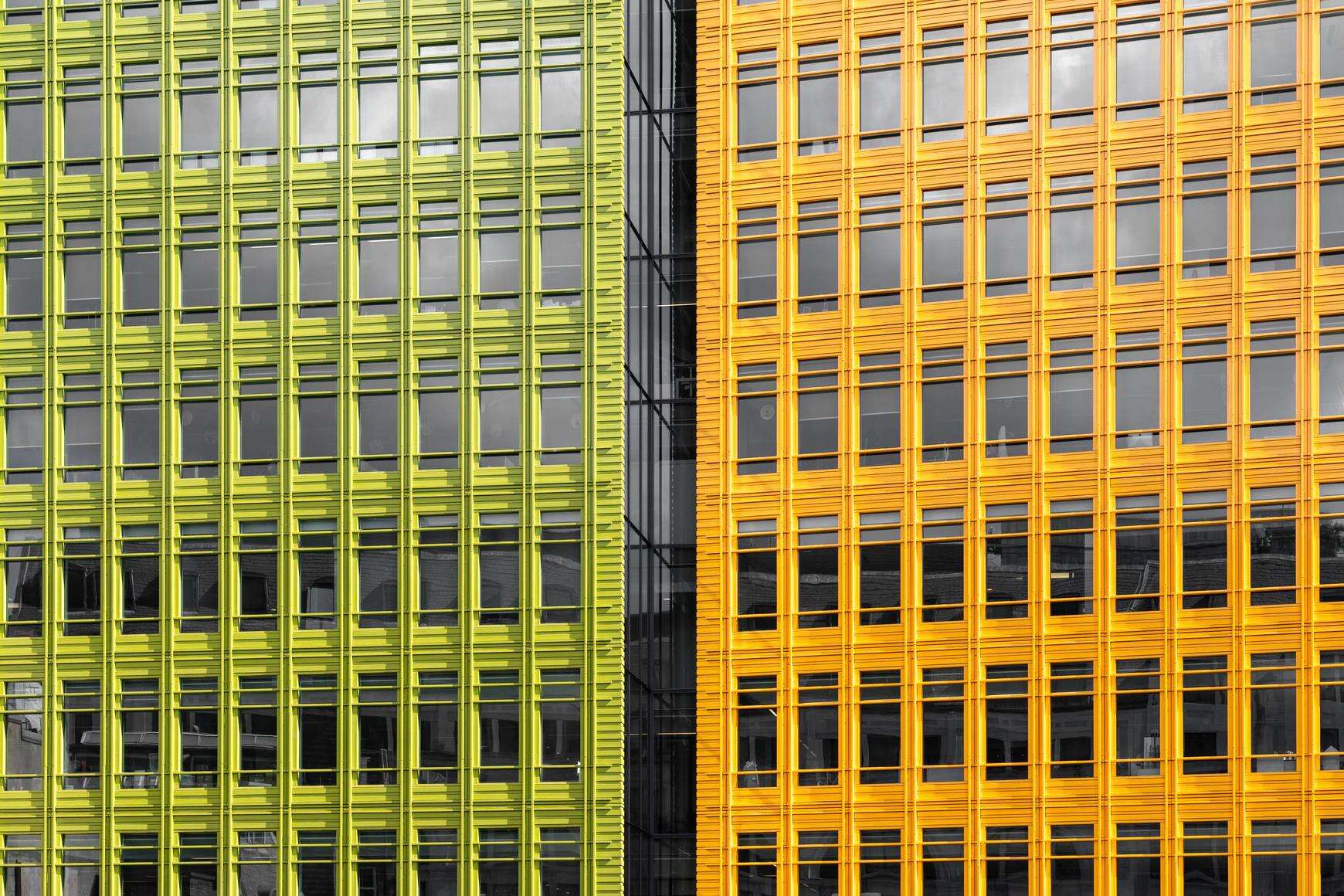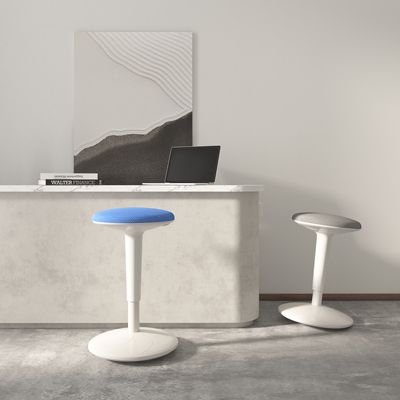Introduction
While pretty home decor is nice to look at, did you know the colours in your home can affect your moods? Making sure your home is designed well is a must, especially if you’re a remote worker or a freelancer.
Whether you want to boost your productivity or add some calming vibes into your home, try considering colour when you make a new purchase. Those who work at home may have more control over their home surroundings, but office employees can also use small hacks to optimise their space.
Keep reading to explore why and how colour can control your mood.
All About Colour Psychology

Have you heard of colour psychology before? This theory explains why some colours make us experience certain emotions.
Many brands and marketing teams use this theory to communicate their brand ideas in adverts. A simple colour choice will tell you more about a brand than you realise - a sneaky advertising trick! While colour psychology can be helpful in branding and marketing, we can also use it to our advantage.
If you use the right colours in your workspace, you might find yourself feeling calmer and happier. Adversely, some colours will leave you stressed out or down.
Want to know which colours you should use? Scroll down to find out more.
Blue

Many of us perceive blue as a colour that represents reliability and calmness. Blue leaves us with calmer thoughts and a trustworthy feeling. This is why many social media companies use it for their branding.
If you want to make your office a serene place, you might want to paint a feature wall in a relaxing blue colour. Opt for light blue tones, or only add touches of blue for the best effects. You could even add a chair with a pop of blue for minimal detail.
Though blue has been proven to lead to calmer thoughts, experts suggest avoiding too much blue. When blue is the only colour present, its feeling changes from friendly to distant and cold.
Green
Do you like the colour green? This hue is associated with growth, peace, and nature. Some people associate it with wealth, especially if green is a rich shade (e.g. emerald).
Though some may argue green might have negative connotations, such as materialism, it’s a very positive colour overall. If you want some cheerful green in your office space, invest in some house plants for a touch of nature. Green also works well in fabric, so look for green pillows or a green rug to balance the room.
Yellow

Yellow’s emotions are more evident than other colours. This colour is often used to bring more optimism and joy into spaces, especially in schools and children’s hospitals. If you need cheering up when you’re at work, a touch of yellow might be good for you.
Like other colours, you should avoid using too much of this hue. An excess of yellow can cause anxiety or self-esteem issues (in rare cases). It’s also very bright, so too much yellow can cause headaches.
Red
Another colour with a strong emotional response is red. This powerful colour can cause viewers to feel love, fear, or anger. This is a versatile colour that gives different emotions depending on the context it’s used in.
We wouldn’t necessarily advise you to add lots of red to your home office, as this shade can be more distracting than others. However, touches of red are great and can boost your energy while working.
Brown
Though brown might not be the first colour that comes to your mind when decorating, this neutral shade is an excellent way to increase feelings of security. Brown also makes you feel supported and protected too.
This is one of the most popular colours for home and office design, as all-natural wooden products offer this calming tone. To feel grounded when working, try an eco-friendly bamboo worktop with a neutral colour.
Black
Finally, black is a colour that we associate with independence, sophistication, and seriousness. While this colour can represent death and mystery, when paired with other colours, it’s a great way to balance a room.
Of course, too many pieces of black furniture or black painted walls can leave an office too dark. Instead, only use black for your ergonomic office chair. Avoid excess of this colour, or you’ll be paying extra in lighting bills!
The Bottom Line
Designing your own office can be a fun experience, but make sure you take time and plan the colour palette and furniture types you use. Your set-up might have a more significant effect on you than you’d expect! Visit online image websites such as Pinterest to inspire your working area.
Want to explore different home office ideas? See our collection of wellness-inspired furniture here.